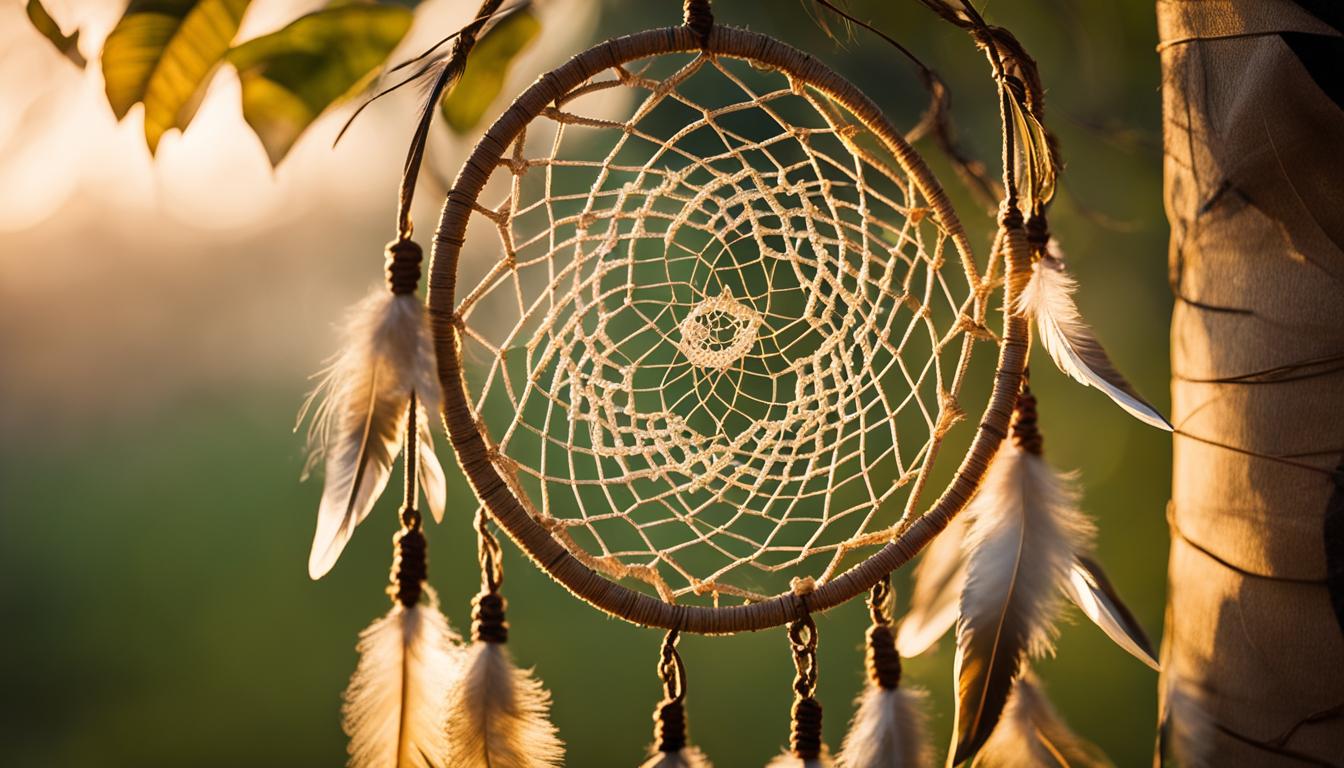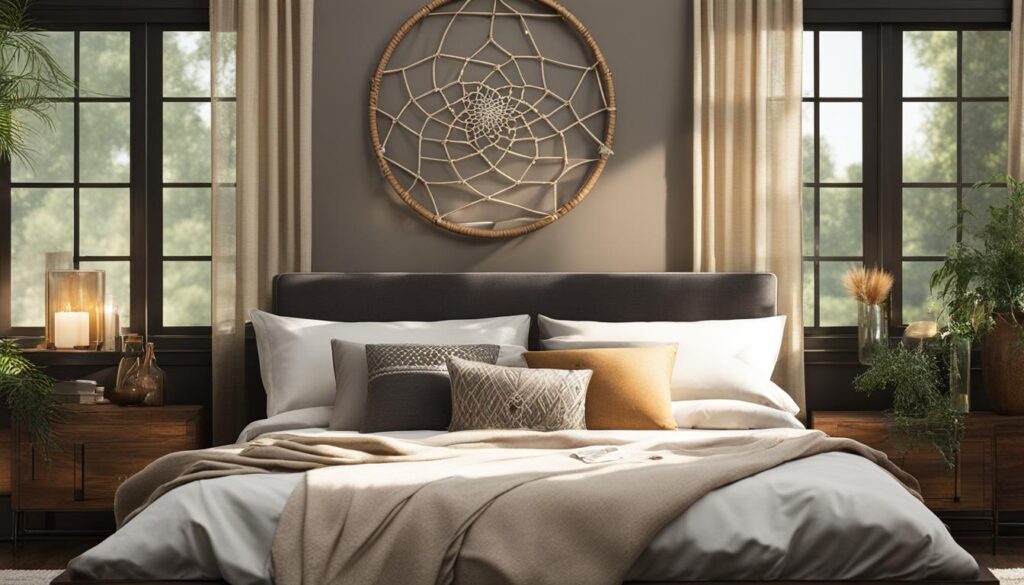For centuries, the Tarot has been a source of fascination and beguilement for those seeking insight into their lives. Each card in the Tarot deck is imbued with its own symbolic meaning, offering a window into our subconscious and a mirror to our deepest fears and desires. One of the most enigmatic and paradoxical cards in the Tarot deck is the Fool. Brimming with symbolism and mystery, the Fool card challenges us to explore the unknown and embrace folly with open arms. In this article, we will unravel the symbolism of the Fool card and decode its hidden meanings.
The Fool Card: A Brief Overview
The Fool card is typically depicted as a young man standing on the edge of a cliff, gazing into the abyss with a carefree and blissful expression. He is often accompanied by a small dog, representing loyalty and the guidance of instinct. The Fool is dressed in motley clothing, carrying a small sack or bundle. In some depictions, he is carrying a white rose, symbolizing purity and innocence. The sun shines brightly in the background, signifying optimism and the promise of a new day. The Fool is the first card in the major arcana, representing new beginnings, spontaneity, and the embracing of uncertainty.
The Symbolism of the Fool Card
At first glance, the Fool may appear to be a naive and foolish character, but his symbolism runs much deeper than simple ignorance. The Fool represents the the Querent (the person asking the question) in their most pure and innocent form, untainted by the burdens of past experiences and worldly knowledge. The cliff upon which the Fool stands is a symbol of the unknown, representing the leap of faith and the willingness to trust in the universe. The small dog by his side serves as a reminder to maintain our connection to our instincts and remain faithful to our inner guidance.
The Fool’s motley clothing and small sack symbolize his disregard for convention and material possessions. He is unburdened by the trappings of wealth and status, embracing a life of simplicity and freedom. The white rose in his hand speaks to his purity and innocence, reflecting a state of unencumbered potential and untainted spirit. The sun shines brightly in the background, symbolizing the Fool’s optimism and unwavering faith in the journey ahead.
When the Fool card appears in a Tarot reading, it encourages us to embrace the unknown and trust in the process of life. It challenges us to release ourselves from the constraints of fear and doubt, and to take a leap of faith into uncharted territory. The Fool reminds us that sometimes it is necessary to be foolish in order to achieve greatness, and that true wisdom often arises from the most unexpected of places. The card invites us to approach life with a childlike sense of wonder and curiosity, and to remain open to the myriad possibilities that await us.
Interpreting the Fool in a Tarot Reading
When the Fool appears in a Tarot reading, it can carry a multitude of meanings depending on the question and the surrounding cards. In a general sense, the Fool represents taking a leap of faith, embarking on a new adventure, or embracing the present moment with childlike abandon. It may also signify the need to let go of fear and uncertainty, and to trust in the universe to guide us along our path.
When the Fool appears in a relationship or love reading, it may indicate the need for spontaneity and playfulness in the relationship. It may also suggest a new beginning or a fresh start in matters of the heart. In a career or financial reading, the Fool can symbolize taking a risk or pursuing a new opportunity with optimism and trust. It may also signify the need to push beyond our comfort zones and embrace creativity and innovation.
Ultimately, the Fool card challenges us to embrace the unknown and trust in the universe. It beckons us to set aside our fears and doubts, and to approach life with a sense of openness and wonder. By decoding the symbolism of the Fool card, we can gain valuable insight into our own potential and the possibilities that await us on our journey through life.
The Fool as a Symbol of Innocence and Fearlessness
The Fool is often depicted as a young man on the brink of a journey, carrying a small pack and a white rose. He is stepping out into the world with an air of innocence and fearlessness, unaware of the potential dangers and challenges that lay ahead. This symbolism of the Fool as a representation of innocence and fearlessness is a powerful message in the tarot. It speaks to the idea of taking risks and embracing the unknown without fear, trusting in the universe to guide and protect us.
The Fool as a Symbol of New Beginnings and Fresh Starts
In addition to innocence and fearlessness, the Fool is also often seen as a symbol of new beginnings and fresh starts. The image of the Fool standing at the edge of a cliff, ready to leap into the unknown, speaks to the idea of taking a leap of faith and starting a new chapter in life. This symbolism can be particularly powerful for those who are going through major life changes or transitions, encouraging them to embrace the unknown and trust in the journey ahead.
The Fool as a Symbol of Trust and Surrender
Another important aspect of the symbolism of the Fool is the idea of trust and surrender. As the Fool sets out on his journey, he does so with a sense of trust in the universe and a willingness to surrender to whatever may come his way. This can be a powerful message for those who are struggling to let go of control and trust in the natural flow of life. The Fool reminds us that sometimes the best course of action is to surrender to the unknown and trust that all will be well.
Conclusion
In conclusion, the symbolism of the Fool in the tarot is a rich and complex metaphor for innocence, fearlessness, new beginnings, trust, and surrender. The Fool encourages us to embrace the unknown with a sense of fearlessness and trust, and to surrender to the journey ahead with an open heart. By decoding the symbolism of the Fool, we can gain valuable insights into our own lives and the challenges and opportunities that lie ahead.
Unlocking the Mysteries of the Fool
When it comes to decoding the symbolism of the tarot, one of the most enigmatic and intriguing cards is The Fool. In traditional tarot decks, The Fool is depicted as a young man standing on the edge of a cliff, with a small bag in hand and a white rose in the other. He is about to take a leap into the unknown, with a look of innocence and wonder on his face. The symbolism of The Fool is rich and multi-layered, and it offers a deep insight into the human experience.
Exploring the Journey of the Fool
The Fool is the first card in the major arcana of the tarot, and as such, it represents the beginning of a journey. In many ways, The Fool is a symbol of new beginnings, fresh starts, and the courage to take a leap of faith. The small bag he carries represents the knowledge and experiences he has accumulated so far, while the white rose symbolizes purity and innocence. The Fool is unburdened by the past and is free to embark on a new adventure.
The Fool is often associated with risk-taking and spontaneity, as well as a sense of optimism and fearlessness. In some interpretations, The Fool can also represent naivety and foolishness, as he is blind to the potential dangers ahead. However, The Fool’s blindness can also be seen as a symbol of trust and faith in the universe, as he steps confidently into the unknown without fear or hesitation. The Fool’s journey is a reminder to embrace the uncertainties of life and to trust in the universe to guide us on our path.
Understanding the Symbolism of The Fool
The symbolism of The Fool can be interpreted in many different ways, depending on the context of a tarot reading and the surrounding cards. In some interpretations, The Fool can represent a new beginning or a leap of faith, while in others, it can signify naivety and recklessness. The small dog that accompanies The Fool is often seen as a symbol of loyalty and protection, as it nips at The Fool’s heels, guiding him along his journey. The cliff on which The Fool stands is a symbol of the challenges and obstacles that lie ahead, as well as the potential for growth and transformation. Overall, The Fool is a complex and multi-faceted card that offers a rich tapestry of symbolism to be explored.
Embracing the Wisdom of The Fool
In the end, The Fool is a reminder to embrace the spontaneity and optimism of youth, and to trust in the universe to guide us on our journey. It encourages us to take risks, step outside of our comfort zone, and embrace the unknown with a sense of wonder and curiosity. The symbolism of The Fool is a powerful and timeless reminder of the beauty and magic of new beginnings, and the importance of embracing the uncertainties of life with an open heart and mind.
Overall, The Fool is a complex and multi-faceted card that offers a rich tapestry of symbolism to be explored. It serves as a reminder to embrace the spontaneity and optimism of youth and to trust in the universe to guide us on our journey. The Fool encourages us to take risks, step outside of our comfort zone, and embrace the unknown with a sense of wonder and curiosity. The symbolism of The Fool is a powerful and timeless reminder of the beauty and magic of new beginnings and the importance of embracing the uncertainties of life with an open heart and mind.




